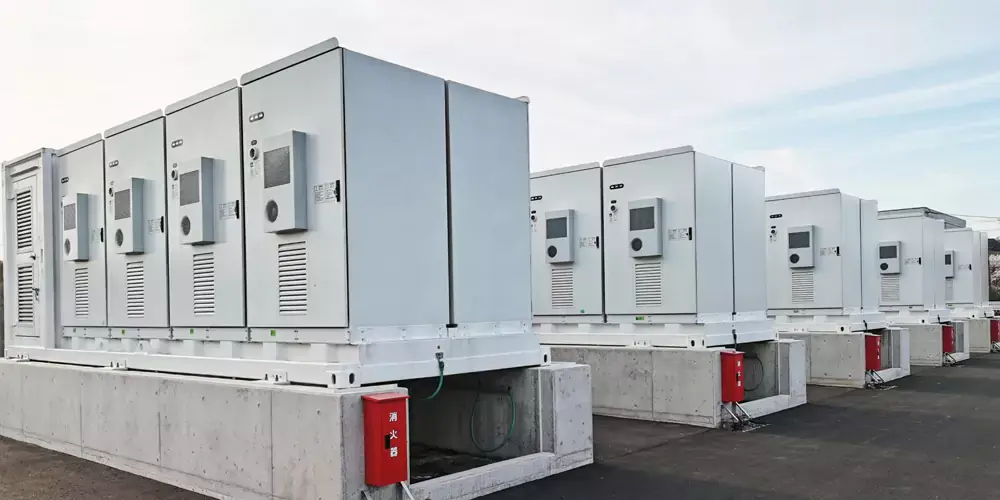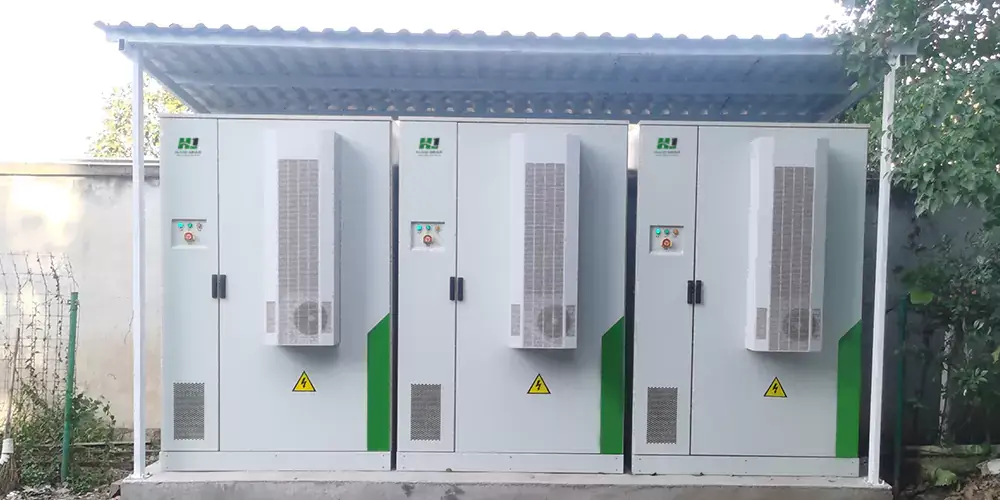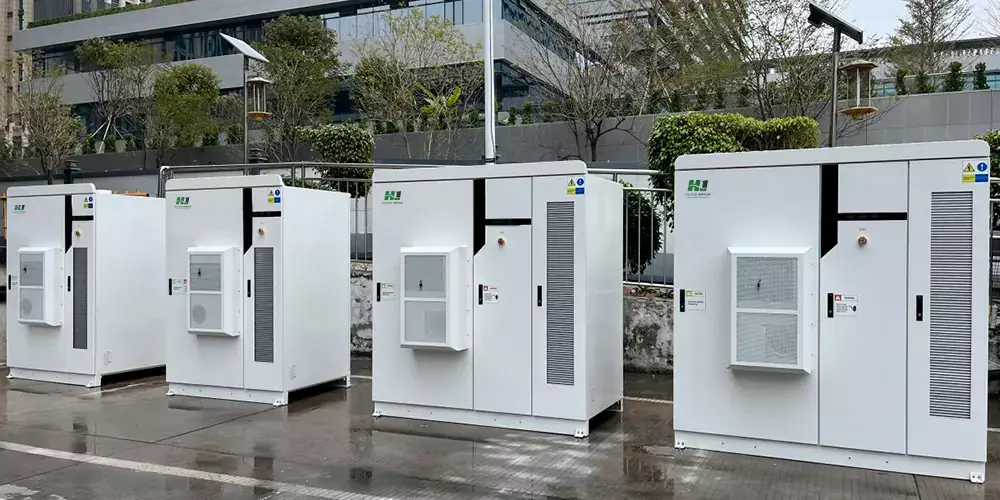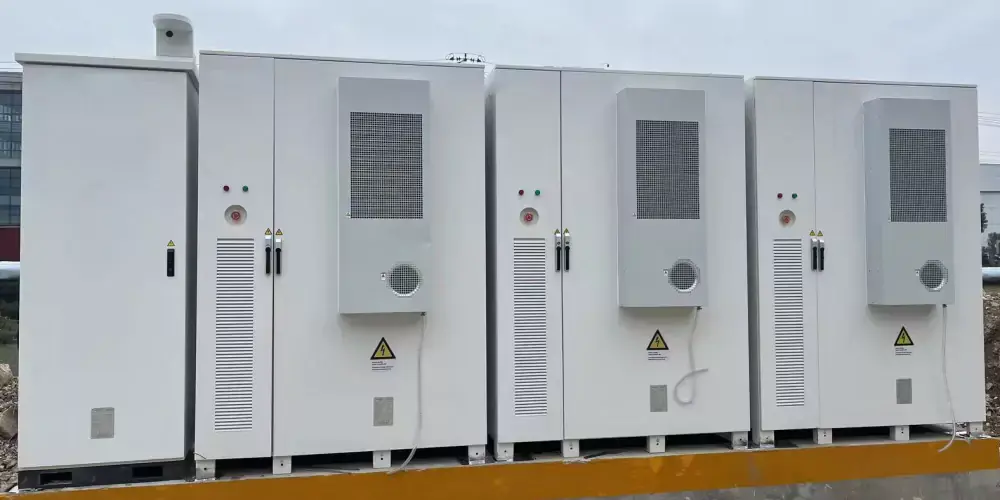Dual Control of Hot and Cold: How Liquid Cooling Technology Safeguards Energy Cabinets
In the world of energy storage, battery storage systems are pivotal for maximizing efficiency and sustainability. However, with the increasing demand for higher performance and reliability, maintaining optimal temperatures in energy cabinets has become a critical challenge. This is where self-contained liquid cooling technology steps in, providing an innovative solution to safeguard energy storage systems.
Understanding Liquid Cooling Technology
The liquid cooling system uses liquid refrigerant to remove heat from the energy cabinet, ensuring that the battery and other components operate at a safe temperature. Unlike traditional air cooling methods, this liquid cooling system performs better and more efficiently in regulating temperature. This technology is particularly useful in places where high energy density and reliable operation are required.
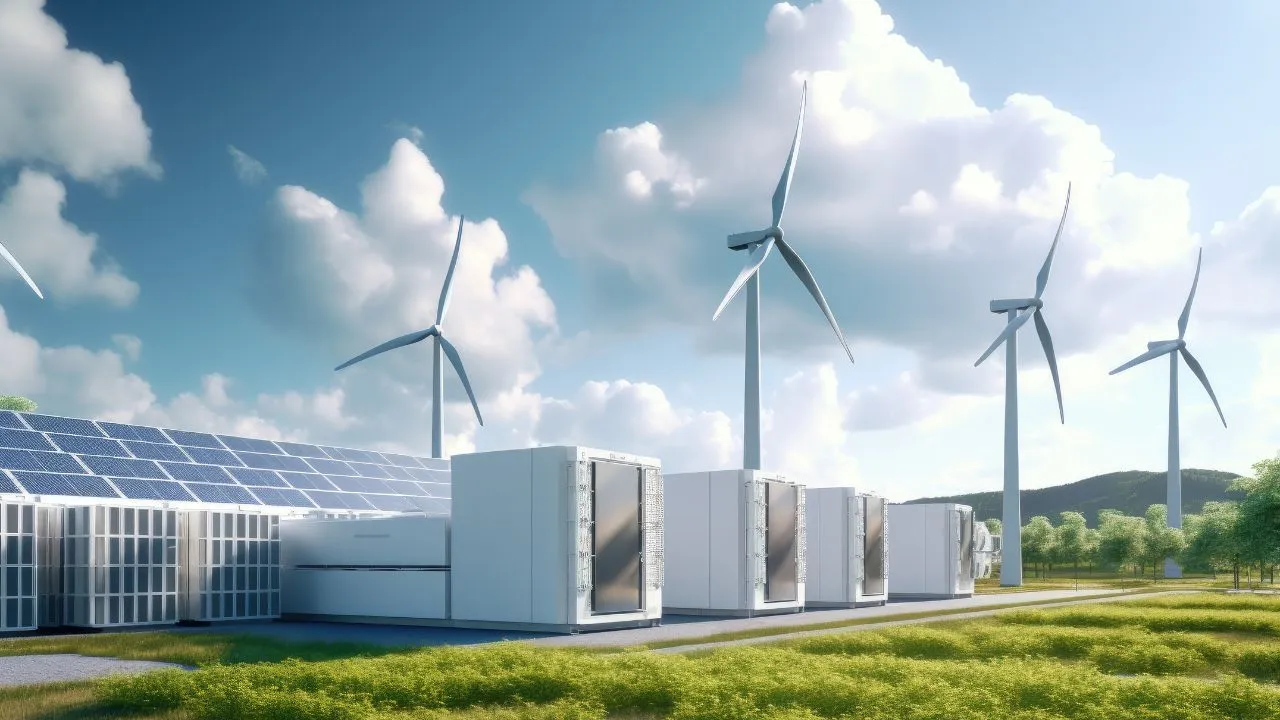
Advantages of Self-Contained Liquid Cooling
Enhanced Cooling Efficiency
Self-contained liquid cooling systems provide superior thermal management compared to air-cooled solutions. Liquid has a higher thermal conductivity than air, enabling it to absorb and transfer heat more effectively. This is especially beneficial for battery storage systems, where overheating can lead to reduced efficiency, shortened lifespan, and safety hazards.
Space-Saving Design
One of the significant advantages of self-contained liquid cooling is its compact design. The energy cabinet using this technology is smaller in size because its cooling system does not require large fans or a lot of pipes. This design saves space and allows energy storage devices to be placed closer, making better use of space.
Reduced Noise Levels
Traditional cooling systems often rely on noisy fans to circulate air, which can be disruptive in quiet environments. In contrast, self-contained liquid cooling operates much more quietly, making it ideal for use in urban settings or facilities where noise reduction is critical.
Increased Reliability
The liquid cooling system can be designed with multiple backups, so that even if one cooling unit breaks down, the system can continue to work. This high reliability is crucial for critical areas such as telecommunications and data centers, as they require uninterrupted power supply.
Applications of Liquid Cooling in Energy Storage
Liquid cooling technology is increasingly being integrated into various applications involving battery storage and energy storage systems:
Telecommunication Base Stations
In telecommunications infrastructure, energy cabinets are used to store important equipment, and it is very important to keep them working at the best temperature. Liquid cooling technology can help batteries and electronic components operate better, thereby improving the overall performance of the system.
Data Centers
As data centers require vast amounts of power, the heat generated by servers and storage systems can be significant. Implementing self-contained liquid cooling can efficiently manage this heat, ensuring the reliability of both battery and data storage systems.
Renewable Energy Systems
With the increasing popularity of clean energy sources such as solar and wind power, there is a need for good ways to store electrical energy. Liquid cooling systems can make the batteries used for these clean energy sources more efficient, ensuring their safe operation under different power conditions.
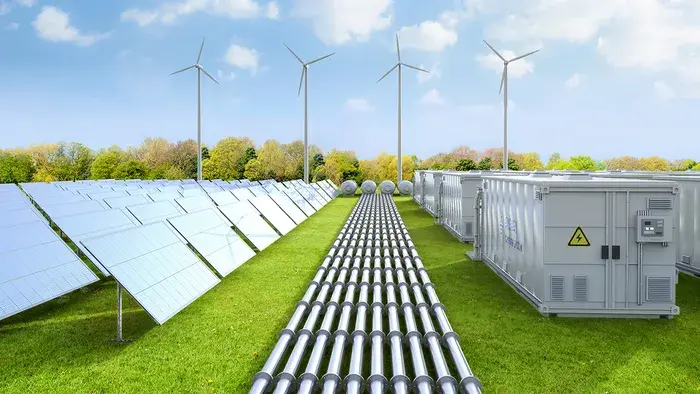
Future Trends in Liquid Cooling Technology
The future of self-contained liquid cooling technology is bright, with several trends emerging:
Integration with Smart Technology
With the increasing intelligence of energy systems, combining liquid cooling and intelligent monitoring technology can provide real-time monitoring of equipment temperature and operating conditions. This allows for timely maintenance and adjustment, ensuring that the system runs better.
Sustainability Considerations
As people pay more attention to environmental protection, future liquid cooling systems may use environmentally friendly coolants and materials, which can reduce adverse effects on nature.
Scalability
It is expected that the demand for storing electrical energy will continue to increase in the future, and liquid cooling systems will also need to keep up and be used in larger projects, such as systems that store electrical energy for the entire power grid.
The dual control of hot and cold through self-contained liquid cooling technology is revolutionizing the way we safeguard energy storage systems. Liquid cooling systems are becoming increasingly important in the energy sector due to their ability to improve cooling efficiency, reduce noise, and make equipment more reliable. With the continuous advancement of technology, we can expect more new ideas and more environmentally friendly practices in storing electrical energy, ensuring that our energy cabinets are both safe and efficient.
Contact us
- Email:[email protected]
- Tel: +86 13651638099
- Address: 333 Fengcun Road, Fengxian District, Shanghai
Get A Quote Now!


